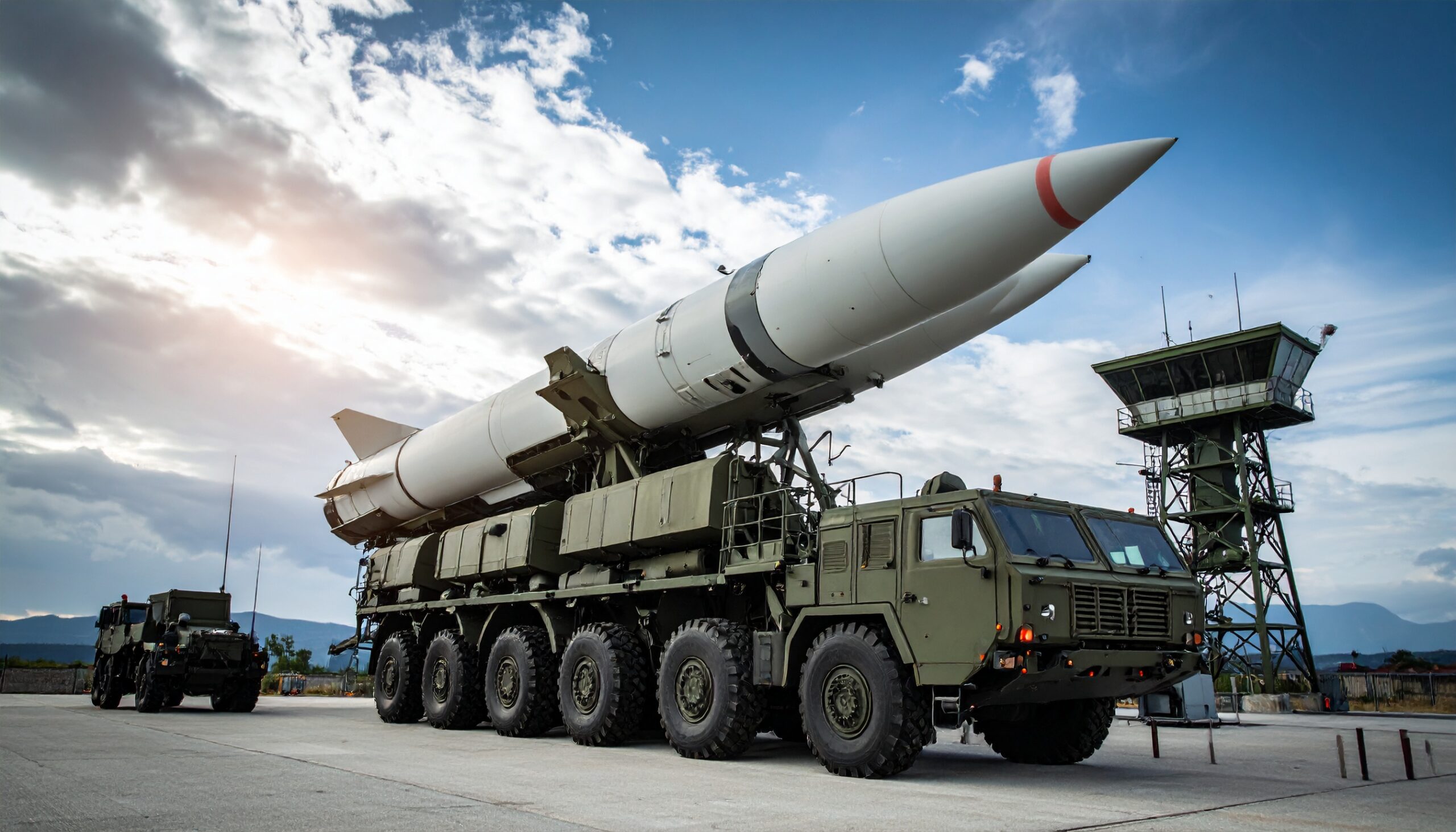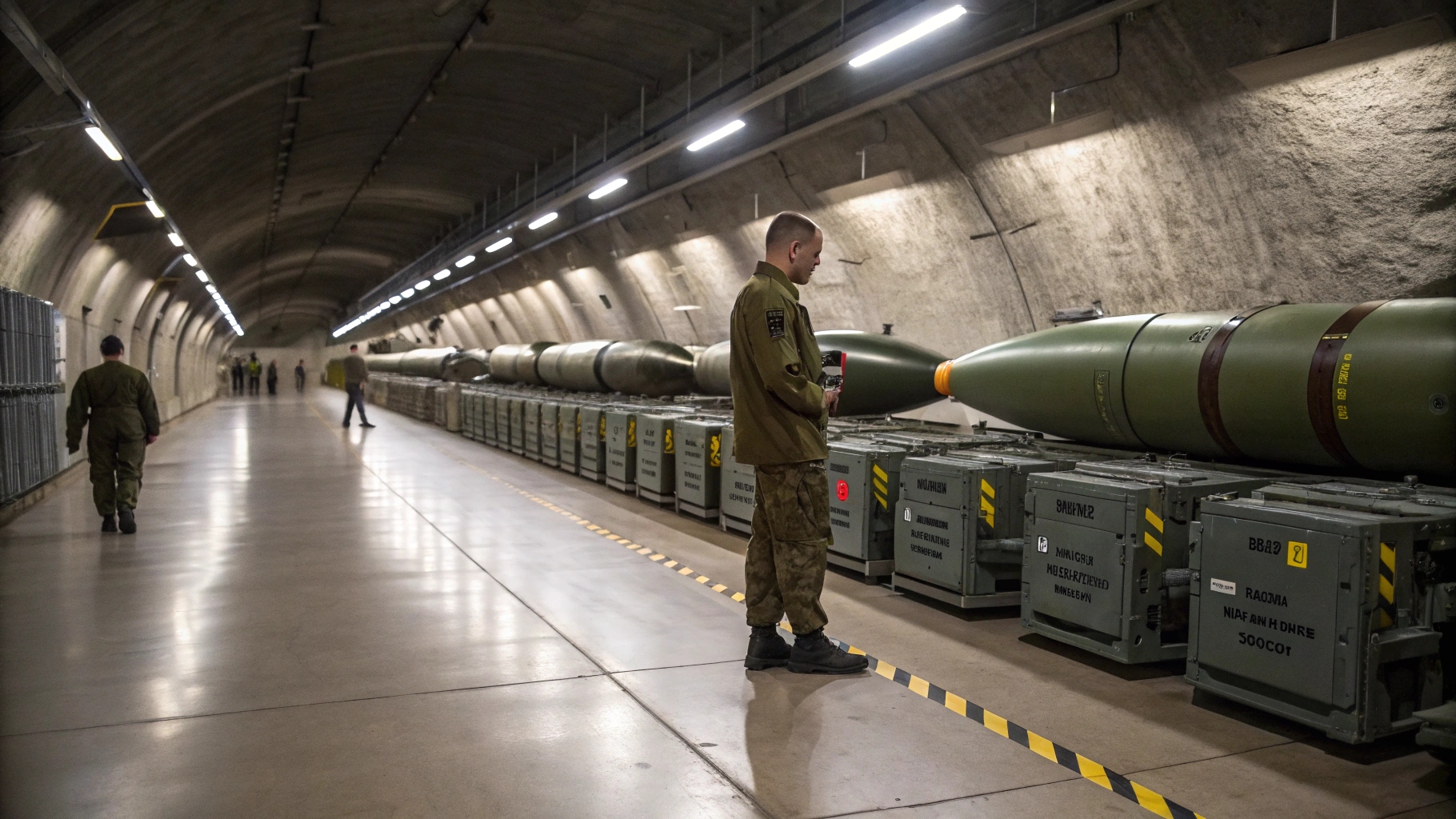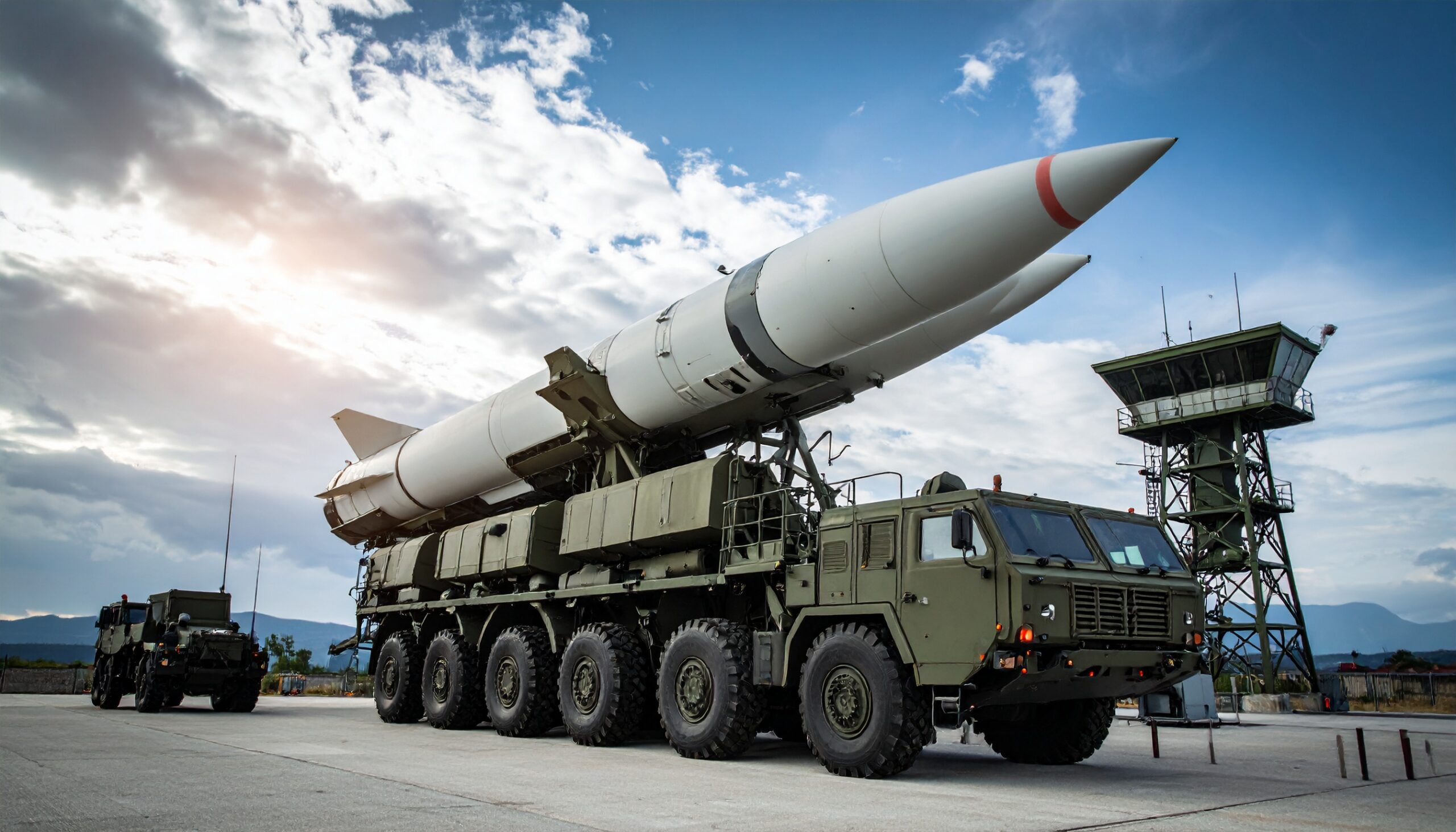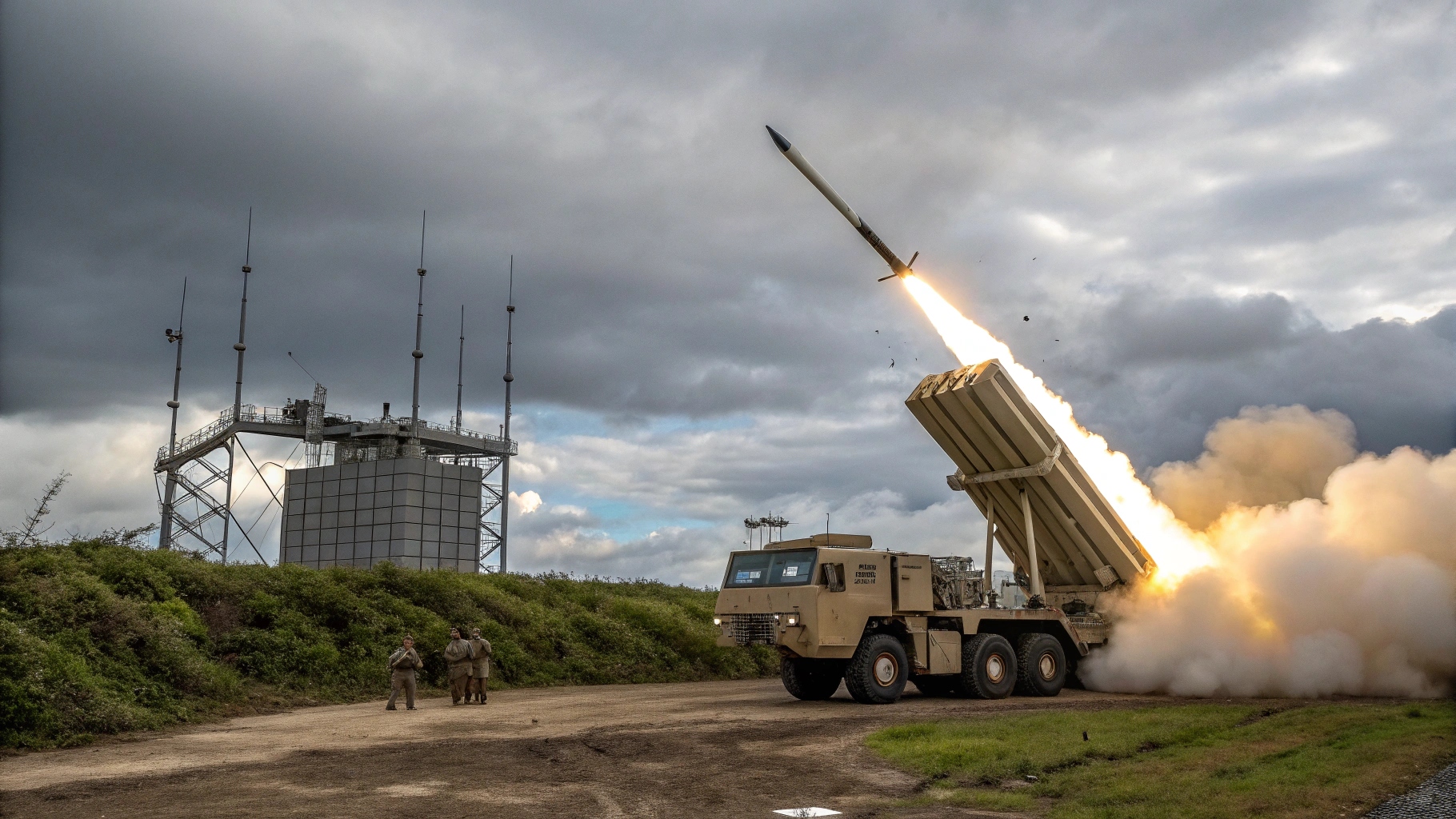
The US Army has launched a large-scale modernization drive to counter emerging air and missile threats, particularly from China and Russia, whose space and long-range strike capabilities are advancing rapidly.
Speaking at a conference in Alabama, Lt. Gen. Sean Gainey, head of the Space and Missile Defense Command, said the initiative marks a strategic shift toward integrated deterrence in contested domains. Key priorities include deploying AI-powered systems, enhancing counter-space capabilities, and boosting coordination across air, missile, and space operations.
To strengthen defenses, the Army is expanding its force structure with new Patriot battalions featuring Lower-Tier Air-and-Missile Defense Sensor radars, Indirect Fire Protection Capability units, and Counter-Unmanned Aircraft Systems batteries. Lessons from Ukraine and Middle East conflicts are shaping a layered, resilient defense approach.
In October, the Army will also introduce the 40D Space Operations Military Occupational Specialty, its first enlisted space role, aimed at integrating space support into corps-level training. The modernization aligns with the 2040 Air and Missile Defense Strategy, targeting modular, joint-integrated formations that are “leaner, faster, and more lethal,” with human-machine teaming and AI-driven decision-making at the core.





